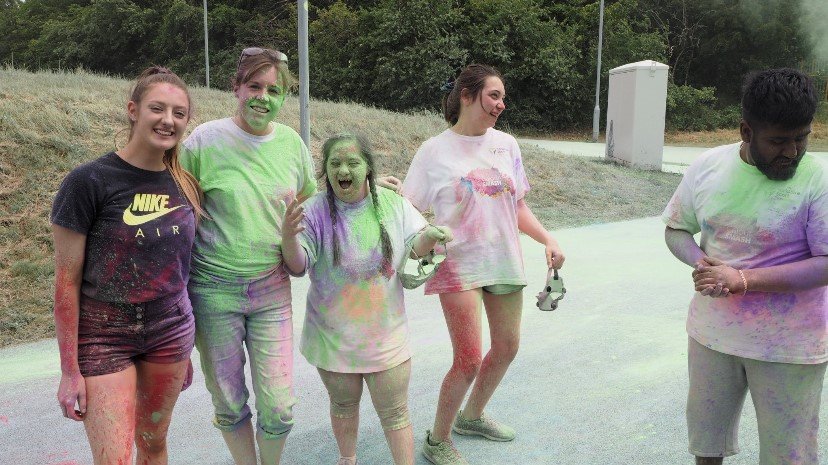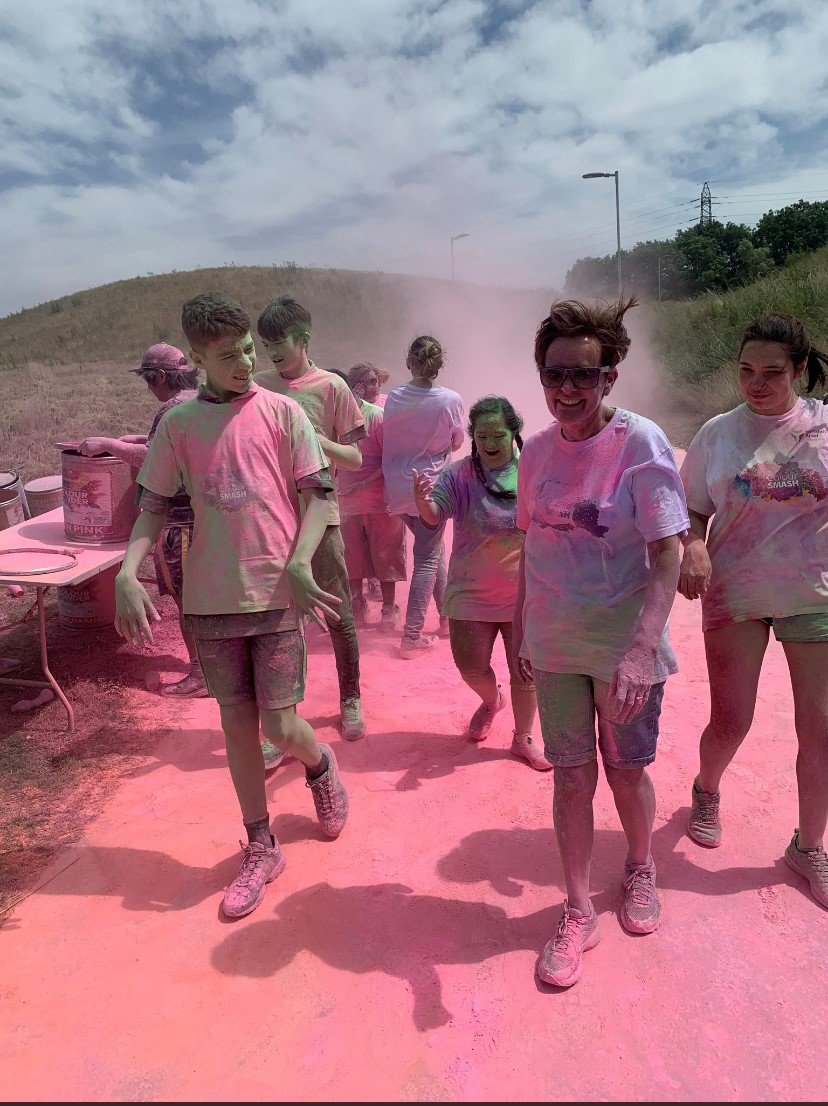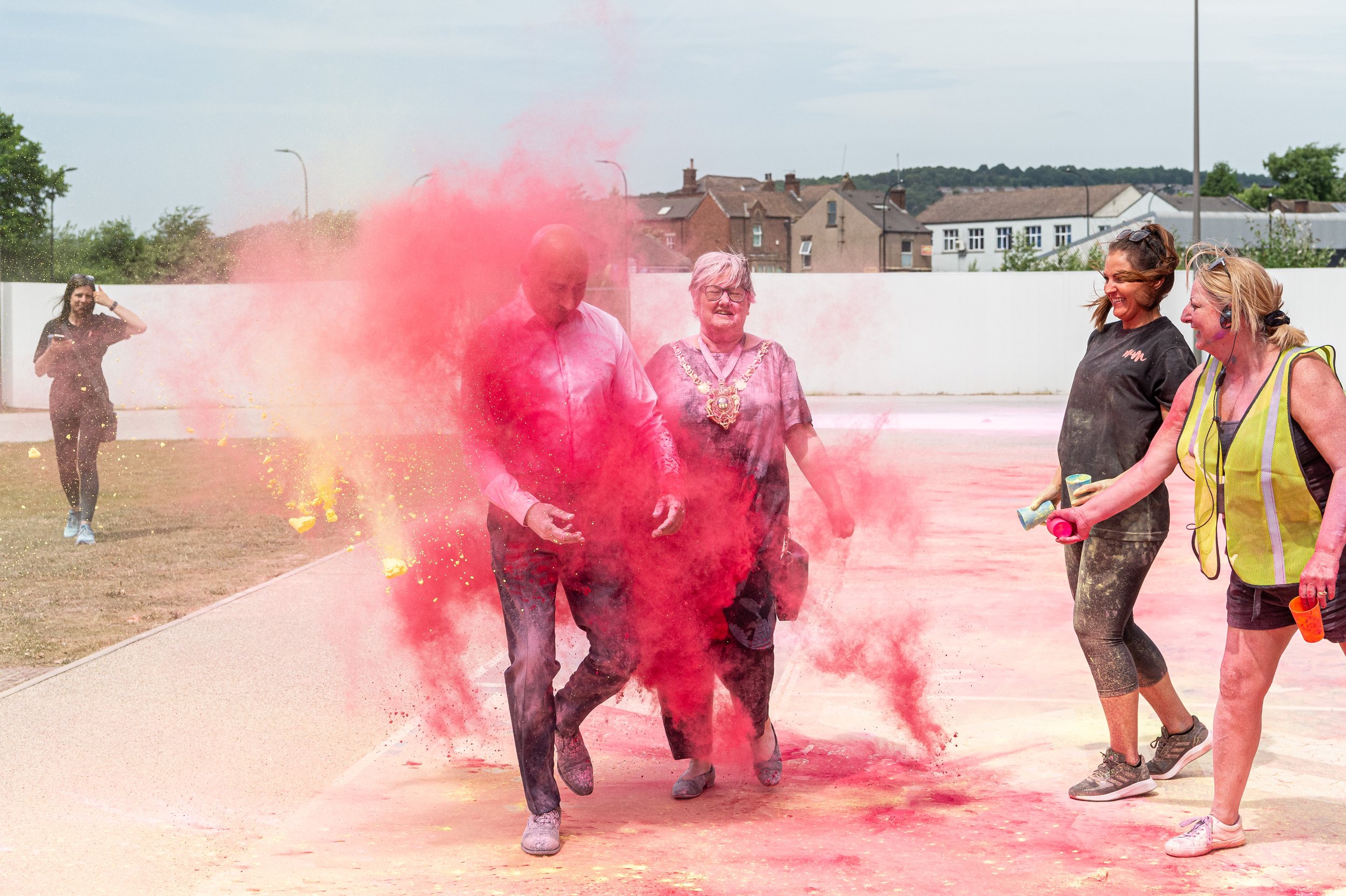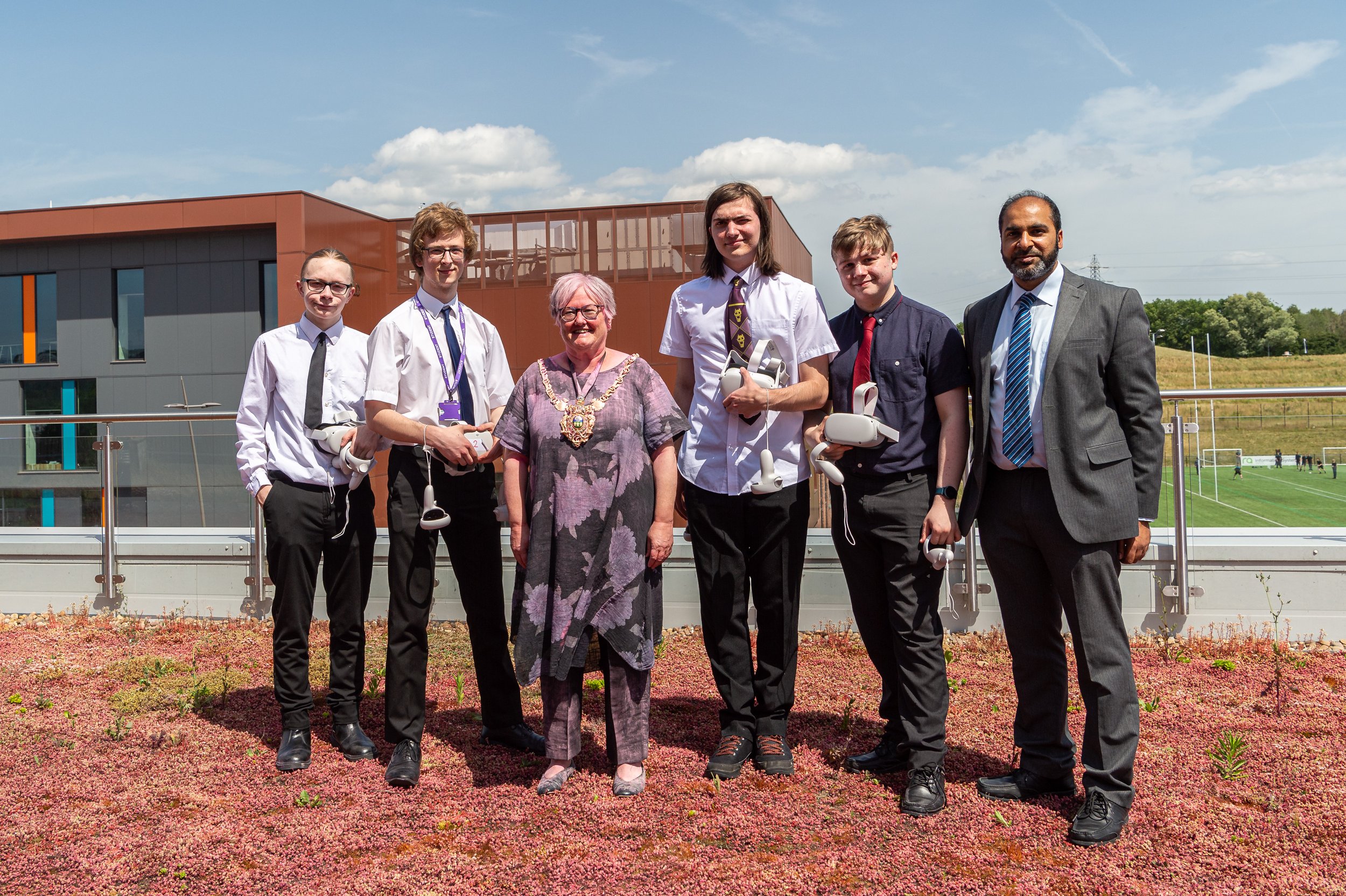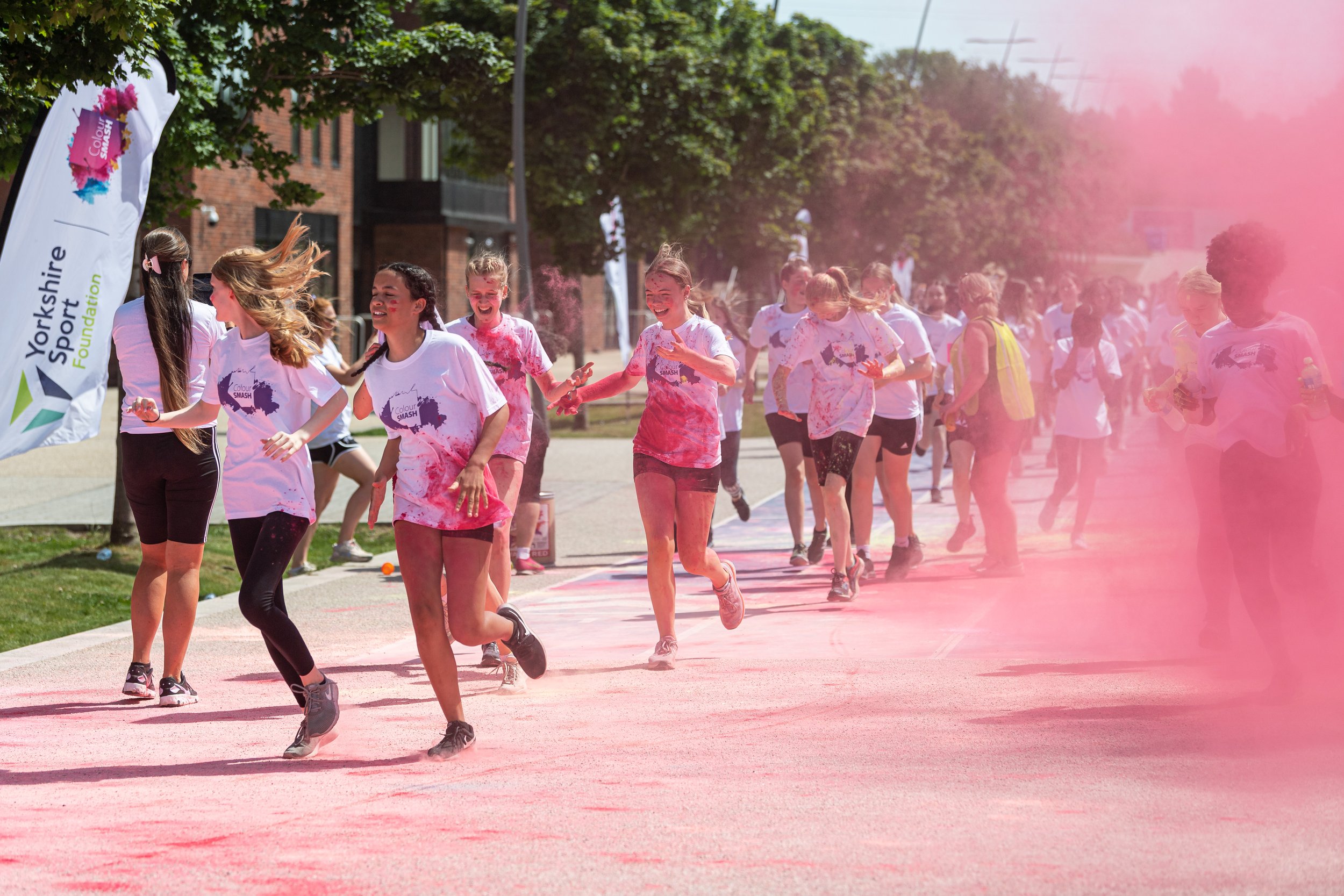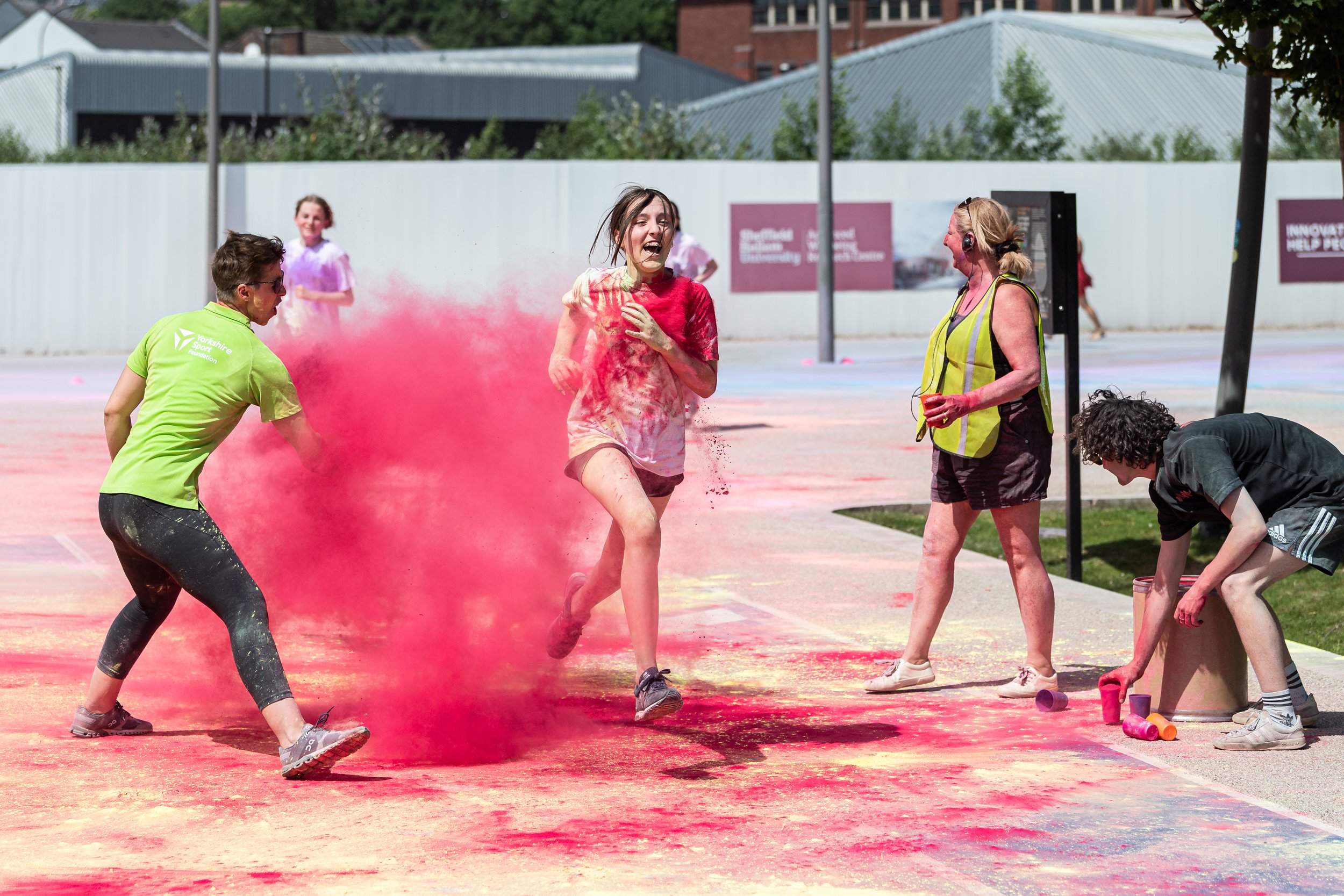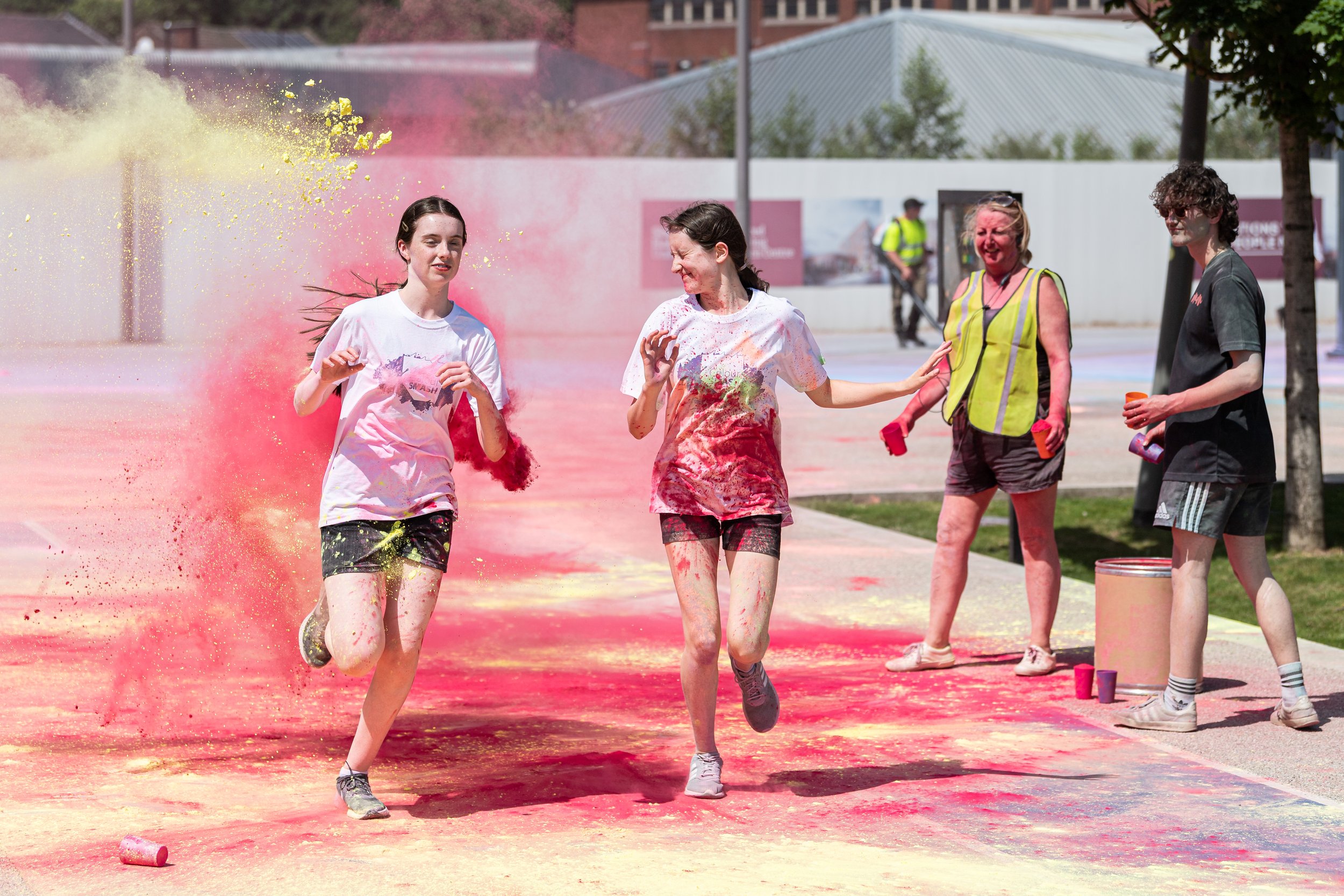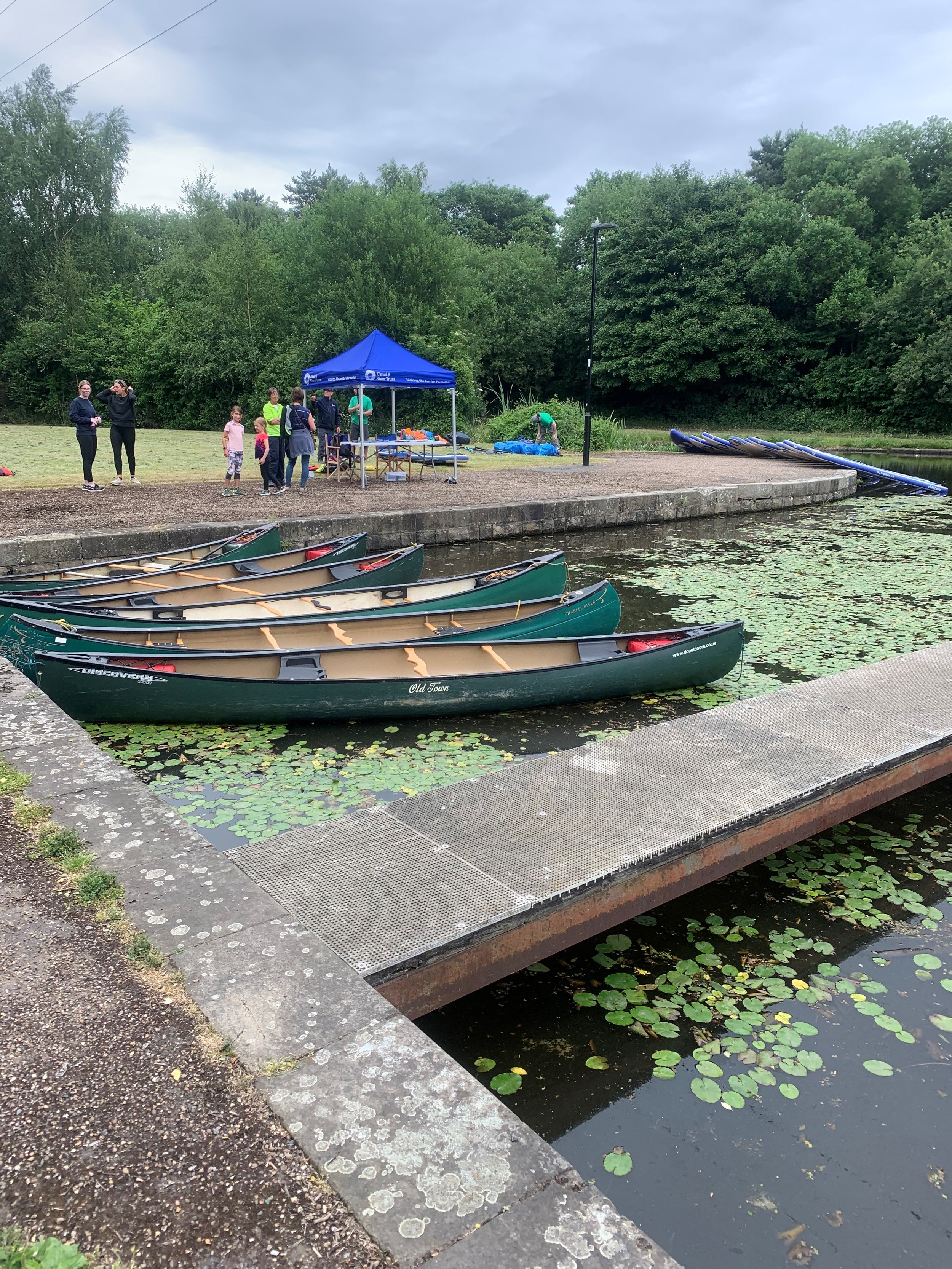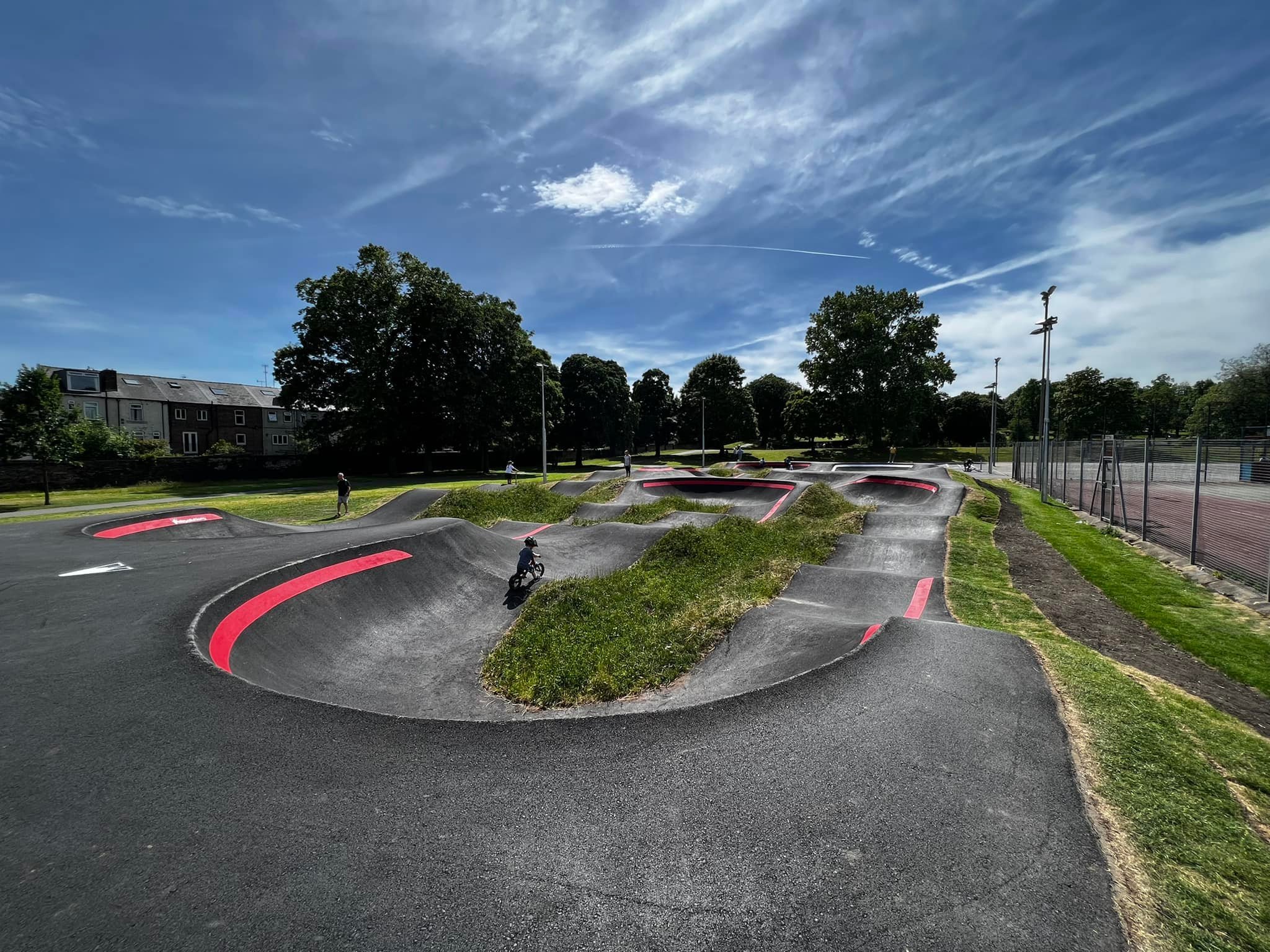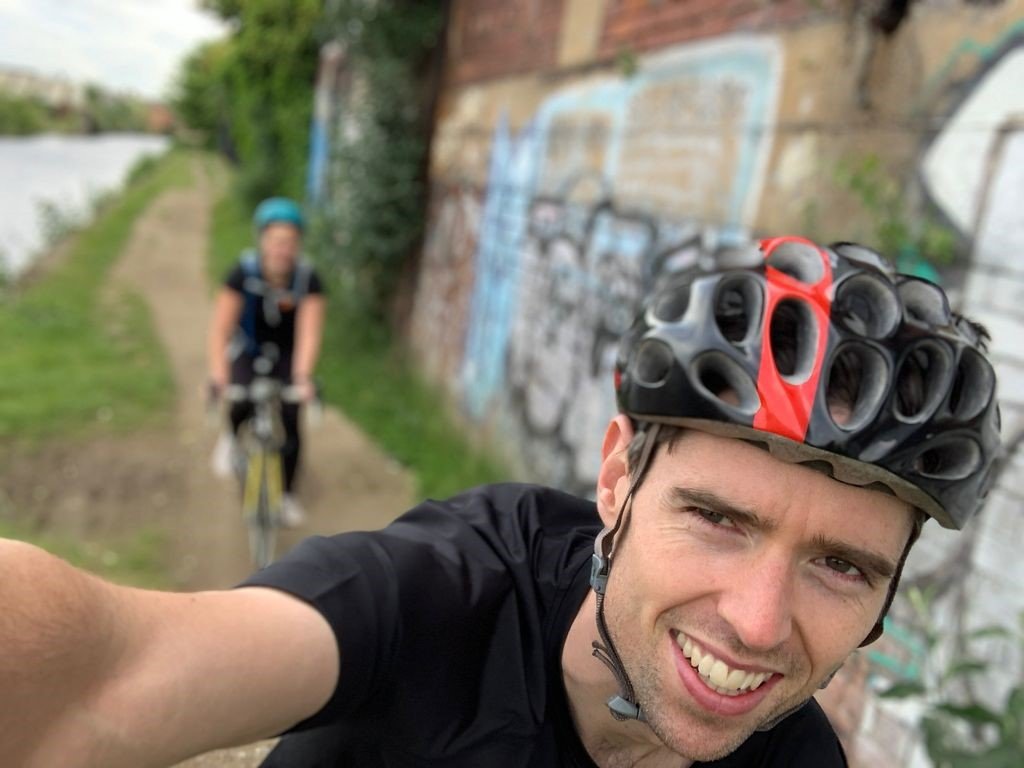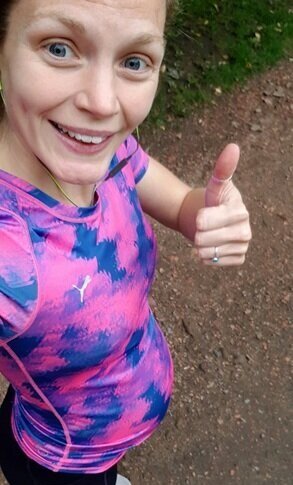Thanks to David Bocking for creating and publishing this story.
“Inactivity is a feature in almost every long term health condition we deal with, “ says Dr Ollie Hart.
Ollie and many other Sheffield doctors have been banging on about this for years, and setting an example by cycling and running all the time and generally breezing into their surgeries looking like athletes.
Ollie himself didn’t manage to run the Sheffield Half Marathon earlier this month because he was pounding round the 21.1 mile 1500 yard ascent Edale Skyline fell race instead. Which is not necessarily everybody’s cup of tea, he accepts “The way you promote exercise matters,” he says. “It doesn’t work by just wagging your finger at someone and saying; ‘You should do something!’”
This week, 10 Sheffield GP centres will receive the launch pack of the city’s Move More Active Practice network, conveyed to their doors by the Russell’s Bicycle Shed e-cargo bike delivery service.
“We have some brilliant local advocates for leading active lifestyles in the health area already, and we want to grow that influence, because we know the value that health practitioners can have on the communities they see and support,” said Tom Hughes of scheme partners Yorkshire Sport.
“We also know that we are facing a climate emergency and the role that travelling short journeys in vehicles can contribute to this, so using the e-cargo bike from Russell’s is a brilliant way of delivering materials to our surgeries and setting an example for others to follow.”
The idea of the Active Practice network, says Move More GP Jo Maher, is twofold.
“We want to reemphasise the importance of physical activity and exercise in keeping people physically and mentally well,” she says, “and also signpost people to all the many free resources we have in Sheffield that anybody can use.”
Jo cites work already started by Active Practices in the Shirebrook Valley Nature Reserve with the local Health Walks programme and Sheffield and Rotherham Wildlife Trust, links between her own surgery in Wincobank and the Ingle Runners group and the SOAR community regeneration charity, a digital resource set up by Kira Watson at the Porter Valley primary care network detailing local physical health and wellbeing activities, and the ‘health coaching’ initiative used in Heeley by Ollie Hart and his colleagues.
“We talk to people about what matters to them, what’s most likely to attain a life they value,” says Ollie. “They might say they want to have more energy to keep up with the kids, to concentrate better at work, to sleep well or to have good relationships. And being physically fit makes a difference to all of that, along with things people know about like cancer, inflammation, mental health and cardiovascular health.”
He adds: “Everyone knows that physically activity is good for you, the question is, how are you going to prioritise it in the hectic craziness of your life?”
So the next step is to help that particular person find their equivalent of Ollie’s Edale Skyline race, which could be a walking or gardening group, a nearby social group or the local parkrun. 10 years ago, very much ahead of the game, Ollie’s surgery, Sloan at Heeley, set up the Graves parkrun and began promoting the weekly 5k run or walk to staff and patients. More recently the national parkrun organisation is now promoting links between GP centres and local parkruns, with around 15% of UK GP centres now ‘parkrun practices’ (in Sheffield it’s 35%).
(The Graves run celebrated its 10 year link with local primary health care on April 9th)
Jo Maher hopes all local GP centres can find a way to become Active Practices, choosing programmes to suit them, their staff and their patients, and she’s delighted the NHS is now actively supporting the idea of exercise ‘on prescription.’ Not least because a healthier and happier population will reduce the workload of NHS staff, she says.
“We’d love to reduce people’s reliance on health professionals. I think it makes people feel more in control of things.”
For more info: https://www.movemoresheffield.com/move-more-active-practice

















